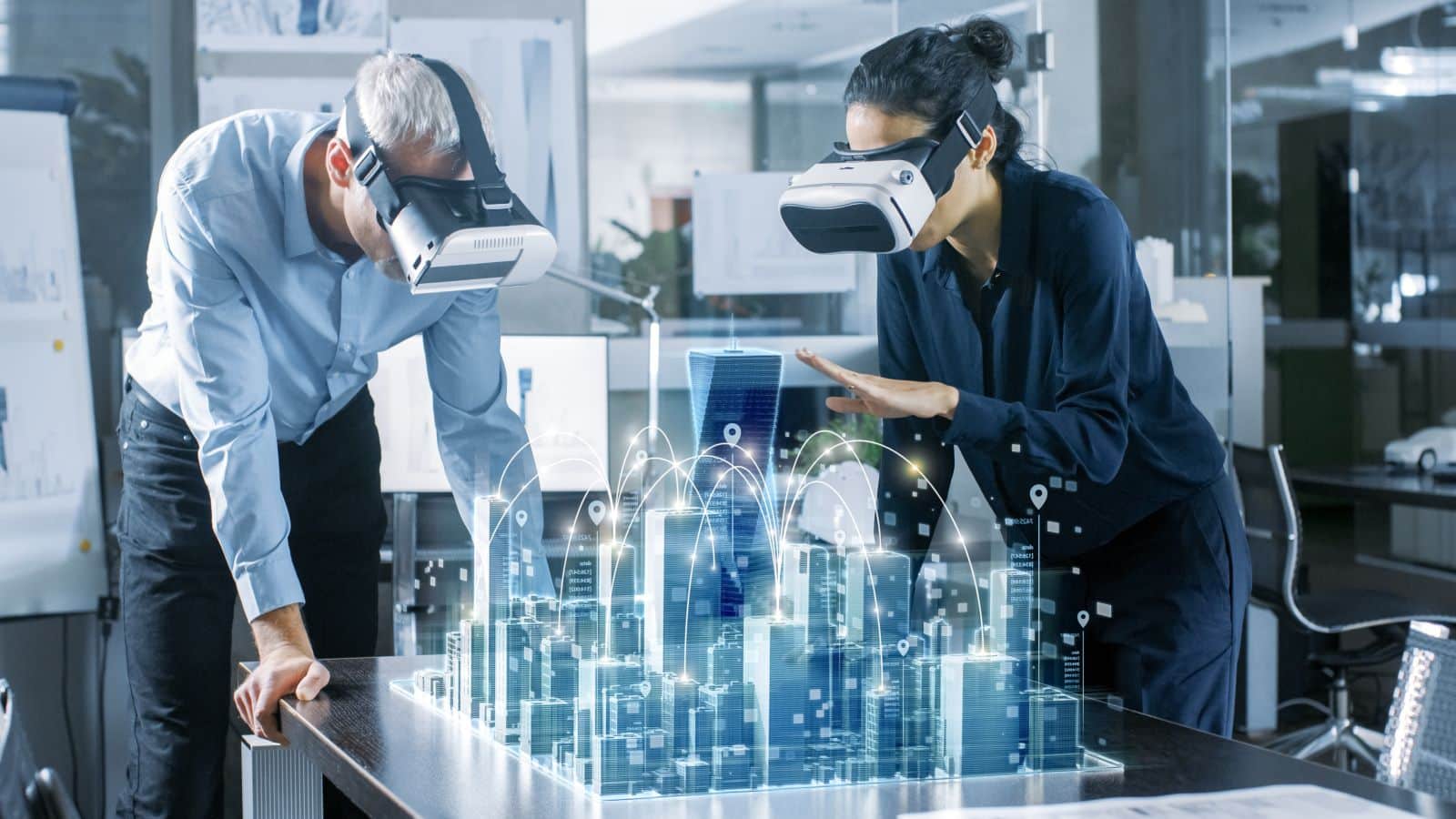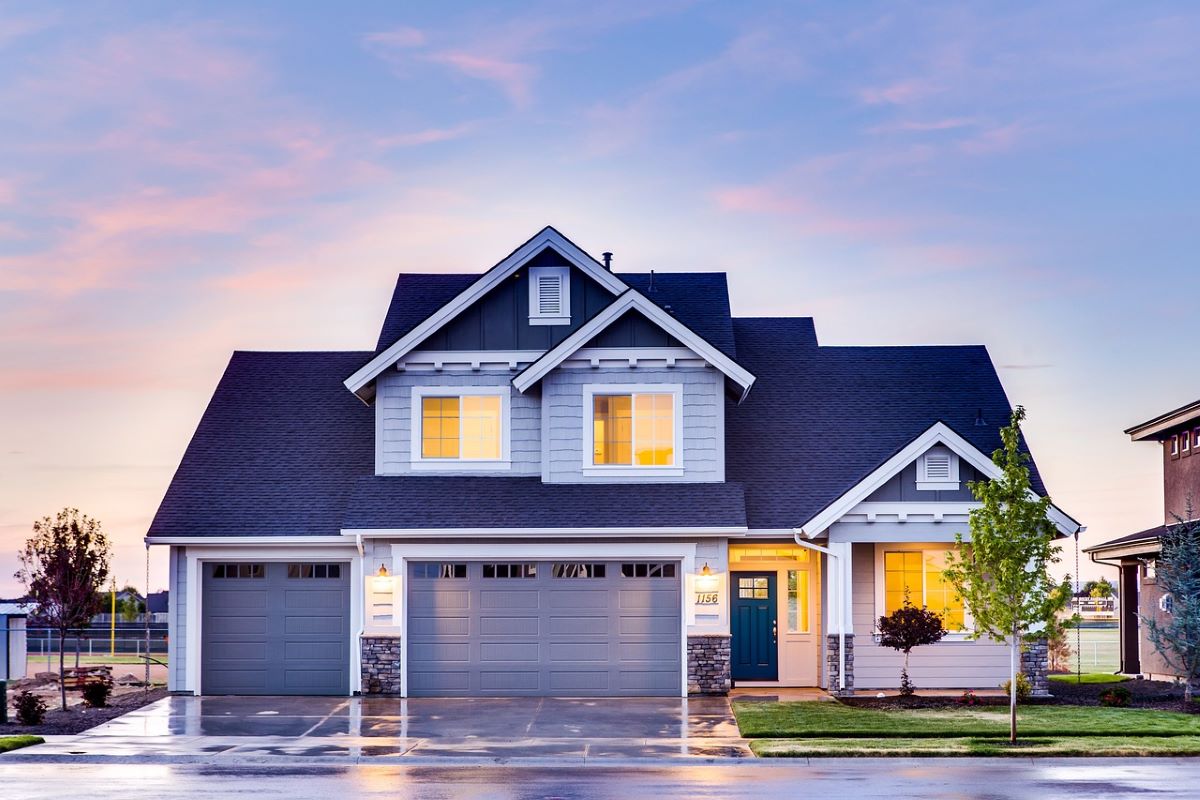As technology evolves, the real estate industry also does, particularly regarding home listings and marketing. Online listings and increased camera capabilities have permanently altered how homes are viewed and bought. One of the most valuable technological advancements in real estate is 3D modeling and rendering, which has transformed how properties are listed, staged, presented, and toured.
3D rendering involves turning 3D models into realistic 2D digital images. 3D rendering software takes a physical model and all its details and turns it into an equally detailed 2D image (essentially a photograph). Using 3D rendering, a property’s rooms, heights, and interior design features can be translated into a simple image, improving the property’s listing and representation.
Virtual Tours

3D rendering invented the concept of a virtual property tour. Interested parties can view an entire floor plan directly from an online real estate listing. A few simple clicks allow all rooms to be viewed from multiple angles.
3D home tours are more accessible, allowing anyone to view a home at any time without worrying about scheduling conflicts or transportation to the physical location, which is ideal for those moving long distances. For example, residents in Miami can view Philadelphia Main Line houses for sale from the comfort of their homes. 3D tours are also very marketable; more people are enticed to take and interact with a 3D tour.
Virtual Staging
3D rendering allows a home to be virtually staged. A home can be virtually staged, furnished, and colored using similar 3D rendering technology. Interior and exterior lighting styles can even be changed.
This customizable approach uses fewer physical resources while allowing people to see a home’s potential through staging. Real estate professionals can even include multiple interior styles to appeal to a broader audience quicker with much less effort.
Real Estate Presentations
A 3D-rendered image can also be quite handy in real estate development sectors. 3D-rendered property images make real estate presentations much more effective, as these images tell a far more detailed story and can enhance simple illustrations or blueprints.
3D rendering can provide more accurate information about a potential property, including land development; this can secure real estate contracts quicker and make construction planning easier.
Listing Visibility

A more thorough and complete listing is likelier to get clicks, especially if it features a 3D tour or virtual showing. Listings with 3D rendering add more visibility and detail than traditional real estate photography alone.
The interactivity of 3D rendering also improves real estate listing success, drawing attention to a property’s more favorable features.
Lower Costs
The home staging and open house planning process is costly. Virtual 3D rendering can significantly lower the costs of staging and real estate marketing strategies. Due to advancing technology, 3D rendering is more affordable than ever before. These saved costs can be spent on additional marketing or other aspects of real estate management, opening up further opportunities and securing more clients.
Feature Highlighting
When teamed up with traditional real estate photography, 3D rendering can highlight features and aspects of a home that do not come out as well with conventional photography alone. A 3D render can add visualization from infinite angles, boosting a home’s assets and features you want to promote.
For example, it may be challenging to capture the beauty of a sunset from a home’s sunroom with traditional photography. With 3D rendering, lighting can be altered and viewed from any angle to provide a better visual understanding with little effort.
Visual Advertising

Visual advertising speaks volumes in the real estate industry. With 3D rendering’s additional angles, views, details, and customization options, the visual aspect of a real estate marketing campaign can improve significantly.
Less time and effort can be spent on written advertising; a 3D render can show far more than a written listing can tell. Potential clients are likelier to click on a visually appealing image than take their chances with limited, low-quality photography.
In-Touch Marketing
When 3D renders are part of a real estate company’s marketing campaign and listing strategy, it not only shows you’re up to date with technology, but it also shows you care about the quality of the listing, the styles shown in the home, and the trends featured in the virtual staging process. Including 3D rendering can show clients you’re savvy and aware of the wants and needs of current and future homeowners.
Conclusion

The real estate industry has benefitted from many technological advancements, from smartphone cameras to online listing technology. One of the most significant advancements in real estate marketing, in particular, is 3D rendering.
3D rendering can take the model of a home and turn it into a detailed, customized 2D image for virtual staging, online 3D tours, listing enhancement, and much more. Real estate marketing strategies are significantly improved through 3D rendering’s visual quality and tech-savvy improvements, especially for property listings. Clients are likelier to click on an interactive, visually appealing real estate listing.
The post Transforming Real Estate Marketing with 3D Rendering: Key Benefits and Applications first appeared on Mama Say What.
Featured Image Credit: Shutterstock / Gorodenkoff.





